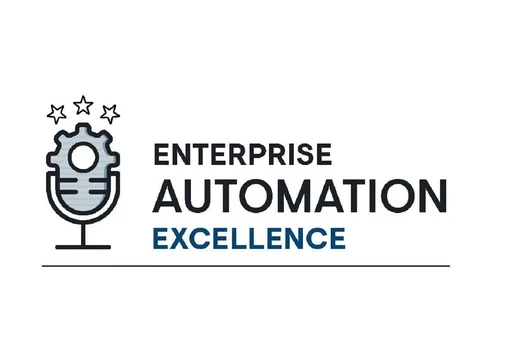
Low-code development platforms (LCDPs) allow companies to deliver applications quicker with less expertise. Their intuitive interfaces and seamless connections enable businesses to repurpose their current information to build new business apps. Thus, it's easy to see why LCDP has become so popular. In fact, Forrester predict that the market will rise to over $15 billion in 2021.
However, this is just scratching the surface. The benefits of LCDP stem far beyond ease of use, and it has become the natural choice to help businesses through their digital transformation. Below is just some of what LCDPs have to offer businesses.
Lower costs
Digital transformation often rings alarm bells as something that's necessary, but expensive. LCDPs prove that this is not strictly true. Firstly, it's a lot cheaper than hiring the expertise that traditional software development would require. Unfortunately, this often comes to mean stretching out the current IT department beyond what is reasonable, but LCDP can be used by just about anyone in the enterprise, regardless of whether they are an expert of layman. Not only that, but given how quickly it takes to build, it's a godsend in a 'time is money' world.
Combatting shadow IT
LCDPs present a two birds, one stone scenario in that it combats shadow IT and boosts governance in the same breath. As a refresher, shadow IT occurs when employees build or use apps that the IT department have not approved. LCDP combats this by enabling employees to build with an internally approved platform. In turn, IT can enjoy better visibility and the relief of knowing that employees are only using tools that IT trust.
Since the company will know exactly how employees are developing these apps and which LCDPs they are using, governance becomes far easier because IT know exactly what is going on.
Quicker development speed
As mentioned earlier, we're living in a 'time is money' world. Fortunately for businesses, LCDPs take the burden of time and deadlines off the software development process. If you're curious about time frame, organisations can put applications together in a matter of days, rather than weeks. In particular, LCDPs come with pre-built templates, drag and drop functionalities, data models, and much more to enable quick construction. Compared to its traditional hand coding counterpart, LCDPs are quicker to work with, regardless of where it is an expert or not carrying it out.
The main take away is that LCDPs allow you to do more with much less. It might sound counter-intuitive, but LCDPs require less time, less expertise, and less financial investment than alternatives, yet can deliver beyond your expectations. In summary, LCDPs are the natural, obvious answer for your application endeavours.
Enjoy this piece? Why not check out our Tech Chat with Spencer Waldron at Prezi?














Comments ( 0 )